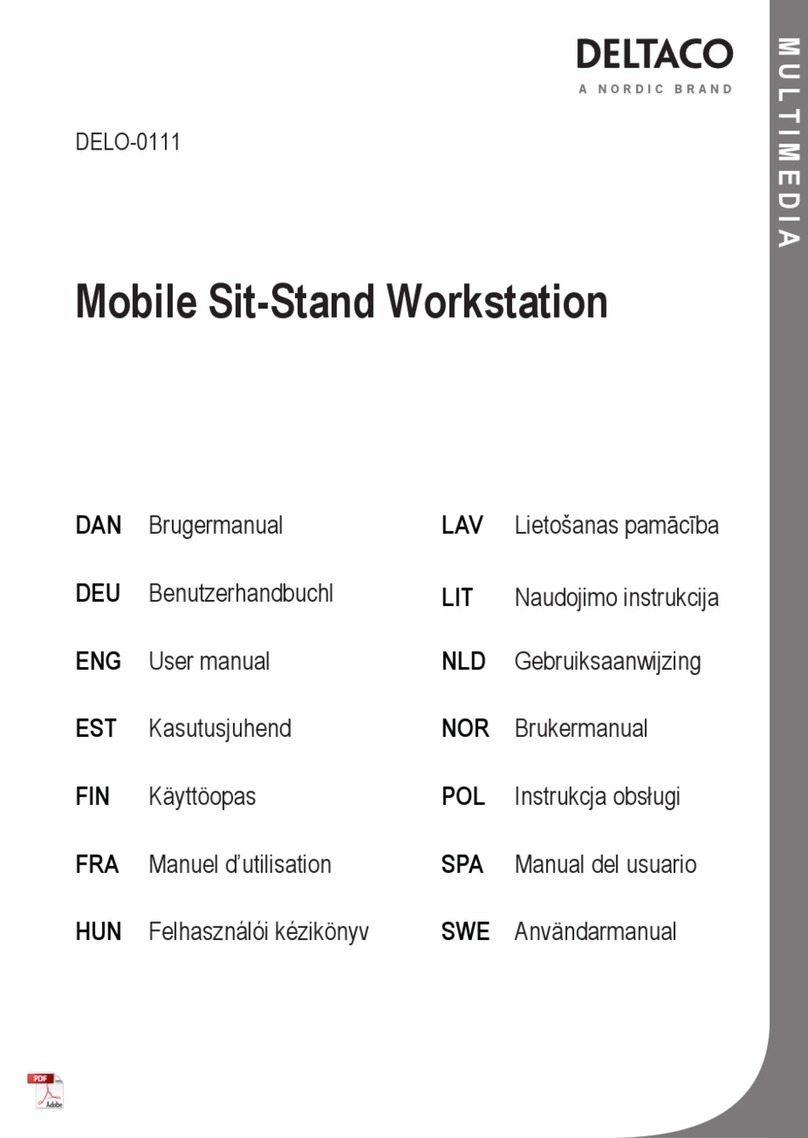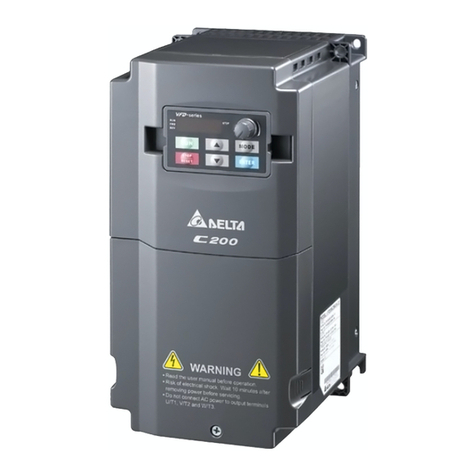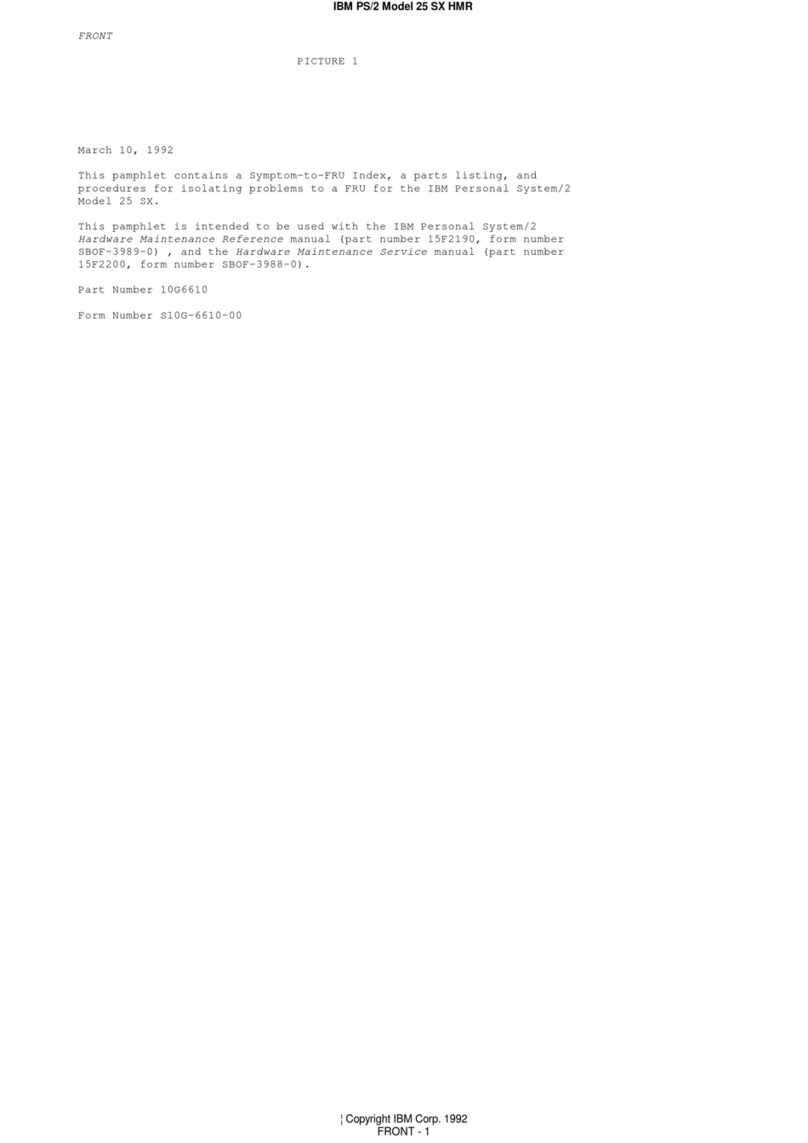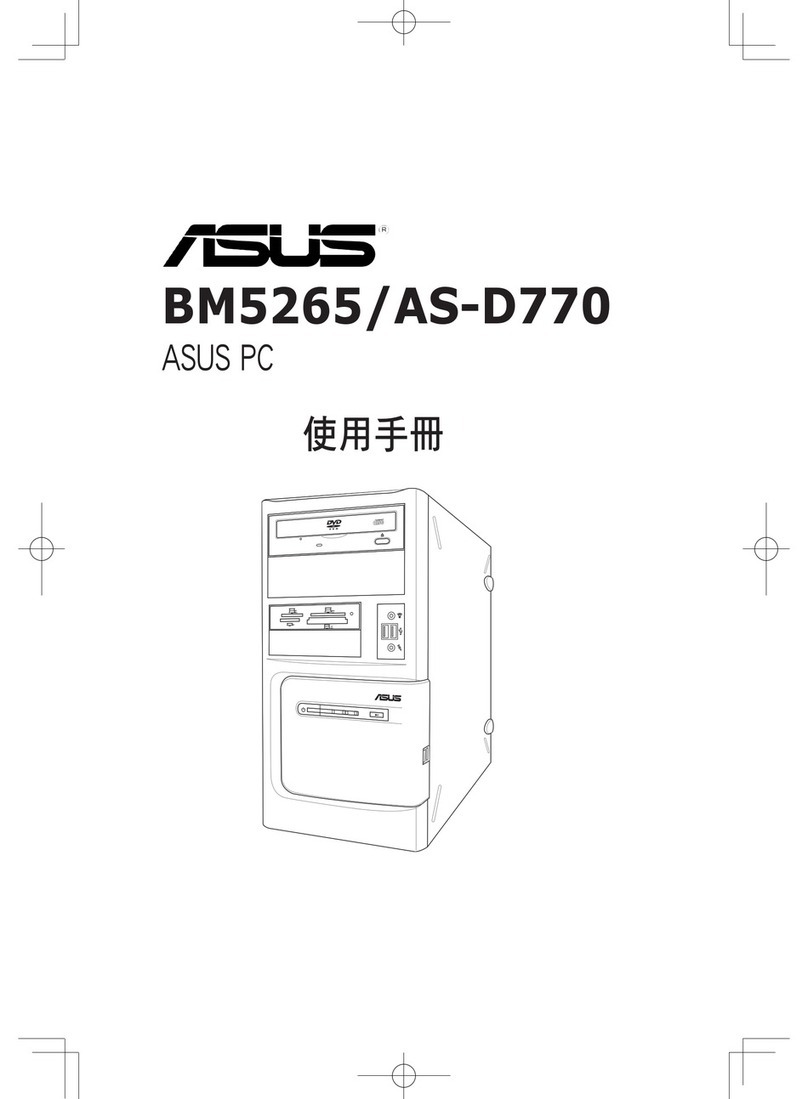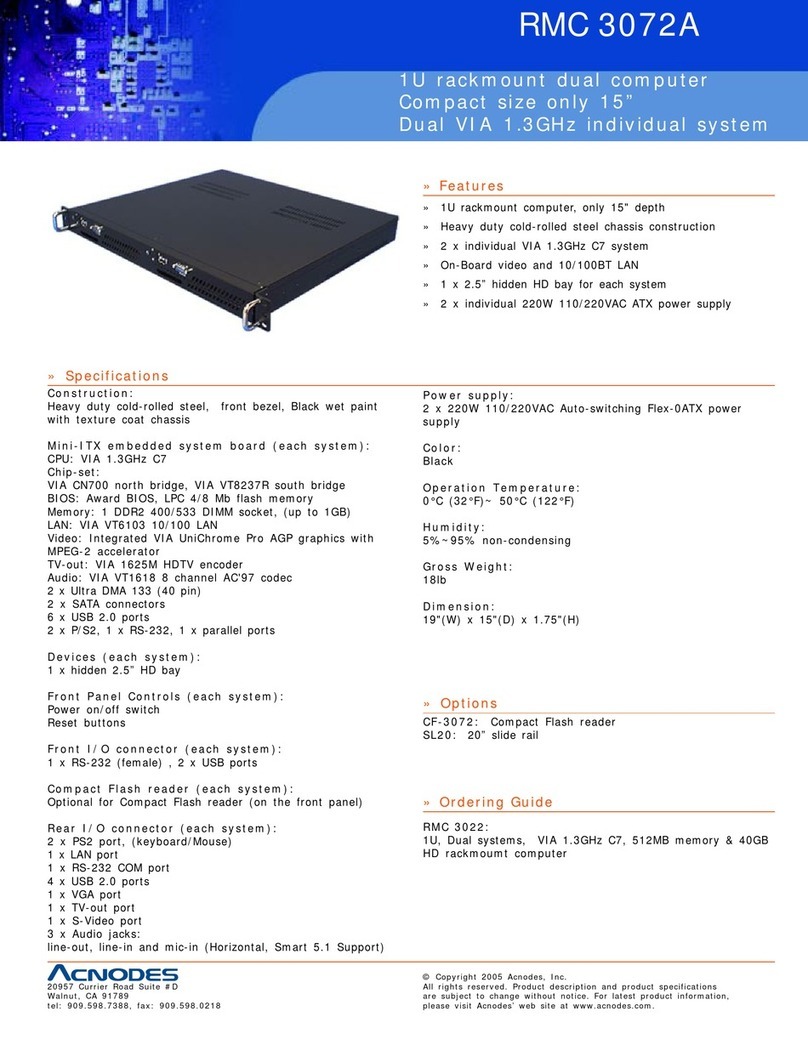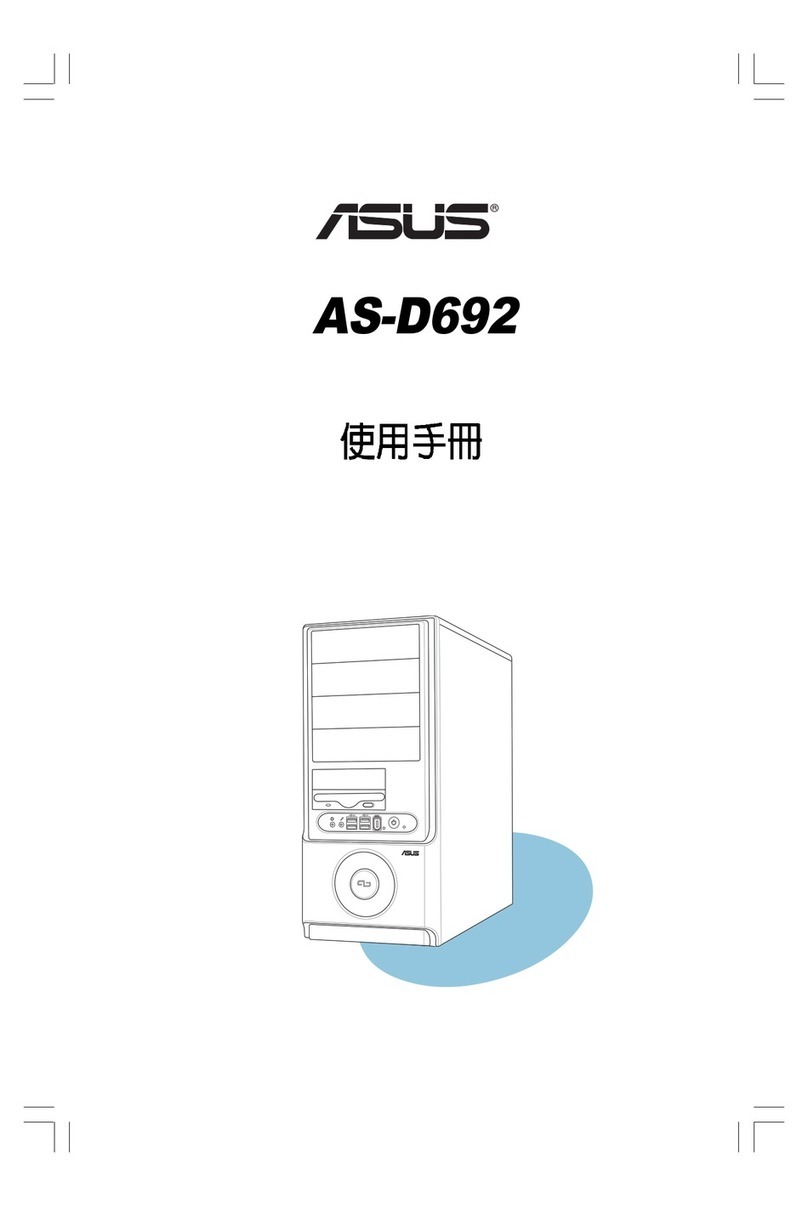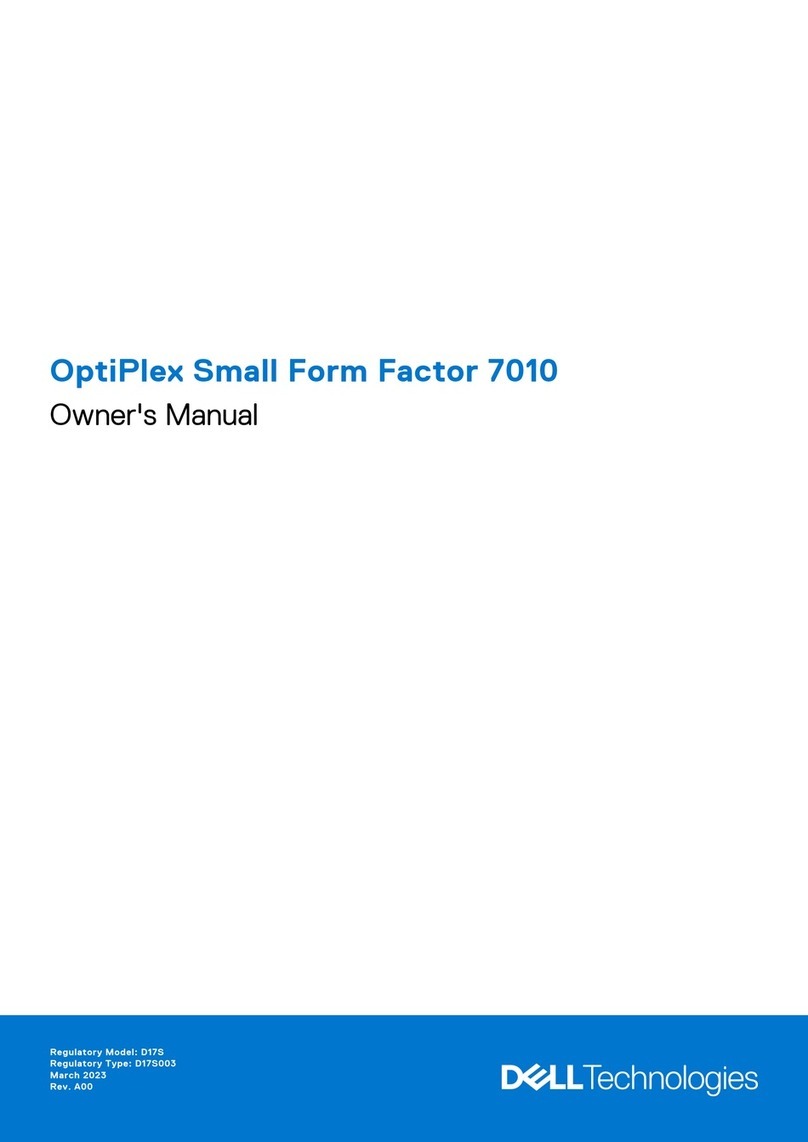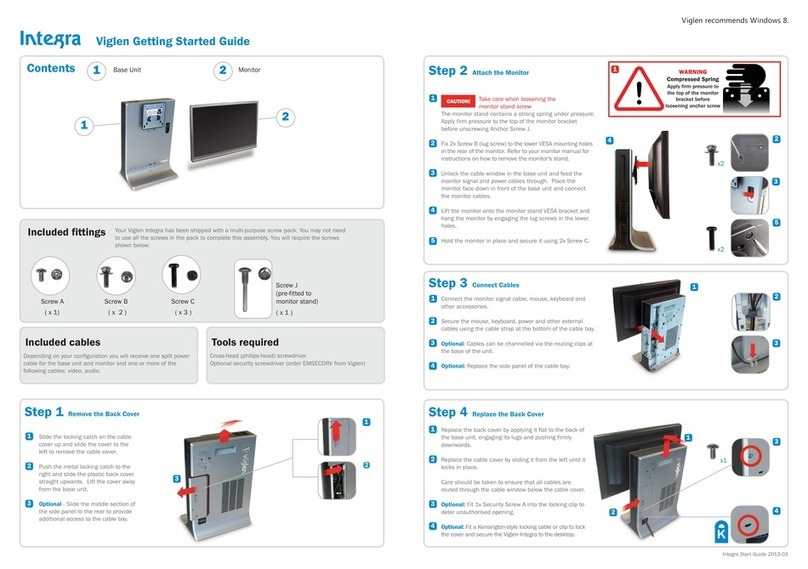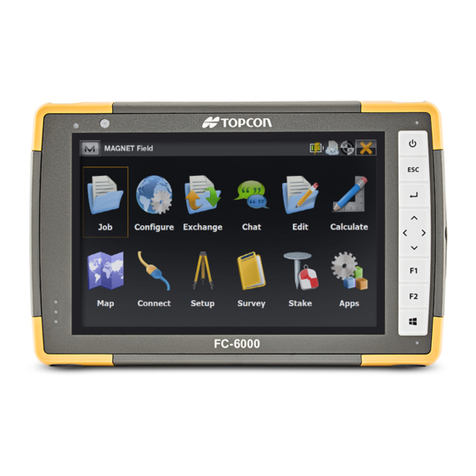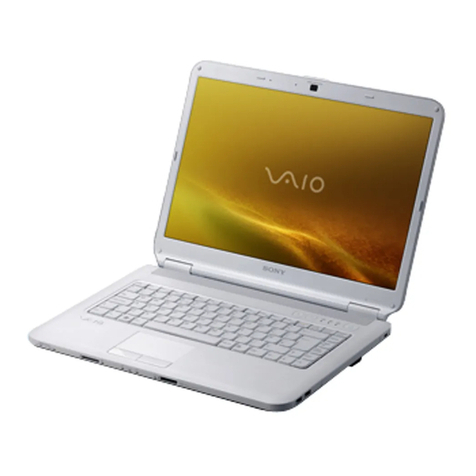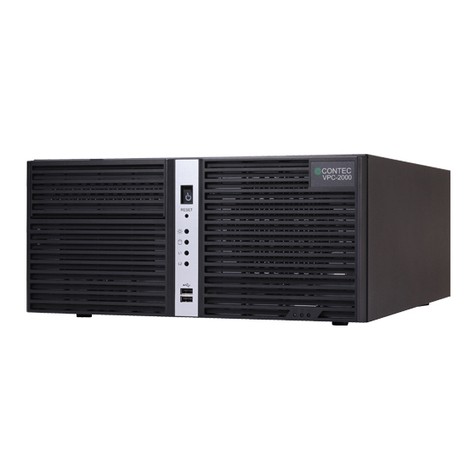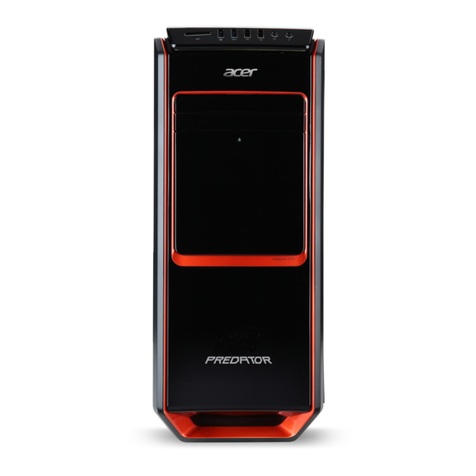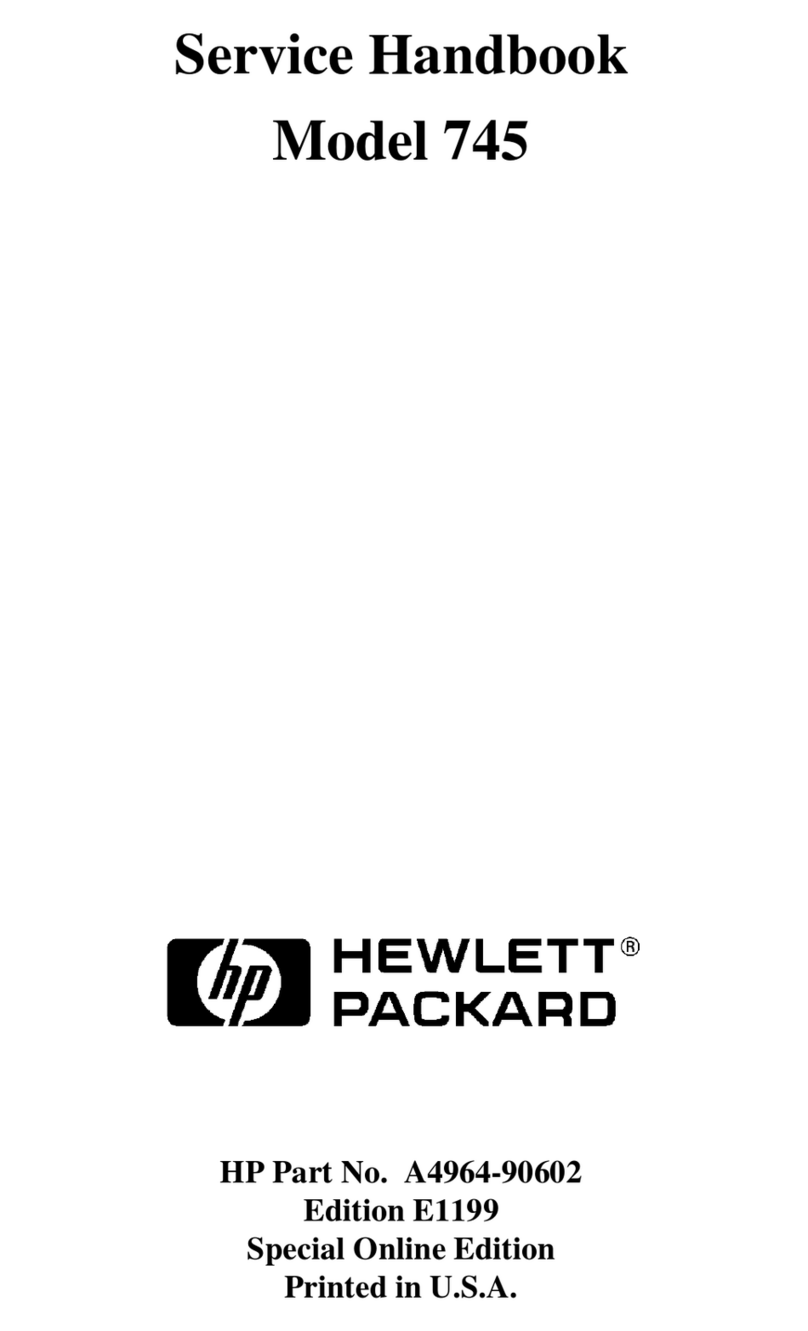Delta PCS100 User manual

100kW Power Conditioning System (PCS)
Maintenance Manual
Version: 1.0.0

Maintenance Manual i
Copyright
The ownership and all intellectual property rights of this Maintenance Manual (this “Manual”), including
but not limited to the content, data and figures contained herein are vested by Delta Electronics, Inc.
(“Delta”). The Manual can only be applied to operation or use of the product. Any disposition,
duplication, dissemination, reproduction, modification, translation, extraction or any other usage of the
Manual is prohibited without first obtaining Delta’s written permission. As the product will be developed
and improved continuously, Delta may modify or update the Manual from time to time without any
notice. Delta will do its best to keep the Manual updated and maintain the accuracy of the Manual.
Delta disclaims any kinds or forms of warranty, guarantee or undertaking, either expressly or implicitly,
including but not limited to the completeness, accuracy, non-infringement, merchantability or fitness for
particular purpose or usage.
Copyright © 2019 Delta Electronics, Inc. All Rights Reserved.

Maintenance Manual ii
TABLE OF CONTENTS
Hardware Introduction. . . . . . . . . . . . . . . . . . . . . . . . . . . . . . . . . . . . . . . 1
Overview . . . . . . . . . . . . . . . . . . . . . . . . . . . . . . . . . . . . . . . . . . . 1
Environmental Considerations . . . . . . . . . . . . . . . . . . . . . . . . . . . 1
Enclosure Front and Side Sections . . . . . . . . . . . . . . . . . . . . . . . 2
Internal Enclosure Views . . . . . . . . . . . . . . . . . . . . . . . . . . . . . . . 5
Control Box. . . . . . . . . . . . . . . . . . . . . . . . . . . . . . . . . . . . . . . . . . 9
Enclosure Rear Section . . . . . . . . . . . . . . . . . . . . . . . . . . . . . . . 12
Rear Compartment Locations . . . . . . . . . . . . . . . . . . . . . . . . . . 13
Preventive Maintenance . . . . . . . . . . . . . . . . . . . . . . . . . . . . . . . . . . . . 14
General Overview. . . . . . . . . . . . . . . . . . . . . . . . . . . . . . . . . . . . 14
Preventive Maintenance Guidelines. . . . . . . . . . . . . . . . . . . . . . 14
Guidelines for Cleaning and General Inspection . . . . . . . . . . . . 16
Guidelines for Cable Maintenance. . . . . . . . . . . . . . . . . . . . . . . 16
Guidelines for Power Component Maintenance. . . . . . . . . . . . . 16
Guidelines for Air Filter Maintenance. . . . . . . . . . . . . . . . . . . . . 16
Guidelines for General Maintenance . . . . . . . . . . . . . . . . . . . . . 17
Maintenance . . . . . . . . . . . . . . . . . . . . . . . . . . . . . . . . . . . . . . . . . . . . . 17
Powering off the PCS100. . . . . . . . . . . . . . . . . . . . . . . . . . . . . . 18
Front Door . . . . . . . . . . . . . . . . . . . . . . . . . . . . . . . . . . . . . . . . . 19
Rear Door. . . . . . . . . . . . . . . . . . . . . . . . . . . . . . . . . . . . . . . . . . 24
Control Box. . . . . . . . . . . . . . . . . . . . . . . . . . . . . . . . . . . . . . . . . 30
Safety Cover. . . . . . . . . . . . . . . . . . . . . . . . . . . . . . . . . . . . . . . . 33
Emergency Stop Switch. . . . . . . . . . . . . . . . . . . . . . . . . . . . . . . 40
AC and DC Switch Handles . . . . . . . . . . . . . . . . . . . . . . . . . . . . 45
Ventilation Fan for DC-Side . . . . . . . . . . . . . . . . . . . . . . . . . . . . 48
Heat Exchanger . . . . . . . . . . . . . . . . . . . . . . . . . . . . . . . . . . . . . 53

Maintenance Manual iii
LCD Plate. . . . . . . . . . . . . . . . . . . . . . . . . . . . . . . . . . . . . . . . . . 58
LCD Module . . . . . . . . . . . . . . . . . . . . . . . . . . . . . . . . . . . . . . . . 60
Auxiliary Heat Exchanger Power Board (G Board) . . . . . . . . . . 62
Switch Indicator for Door State (Door Sensor). . . . . . . . . . . . . . 64
DC Fuse. . . . . . . . . . . . . . . . . . . . . . . . . . . . . . . . . . . . . . . . . . . 67
AC Fuse . . . . . . . . . . . . . . . . . . . . . . . . . . . . . . . . . . . . . . . . . . . 69
Fuse for AC Surge Protection (AC SPD Fuse). . . . . . . . . . . . . . 72
AC Surge Protector (AC SPD) . . . . . . . . . . . . . . . . . . . . . . . . . . 75
DC EMI Filter Board (F Board). . . . . . . . . . . . . . . . . . . . . . . . . . 78
AC EMI Filter Board (E Board). . . . . . . . . . . . . . . . . . . . . . . . . . 80
Interface Board (J Board). . . . . . . . . . . . . . . . . . . . . . . . . . . . . . 82
DC Surge Protector (DC SPD). . . . . . . . . . . . . . . . . . . . . . . . . . 85
AC Switch. . . . . . . . . . . . . . . . . . . . . . . . . . . . . . . . . . . . . . . . . . 88
DC Switch. . . . . . . . . . . . . . . . . . . . . . . . . . . . . . . . . . . . . . . . . . 94
AC Main Contactor. . . . . . . . . . . . . . . . . . . . . . . . . . . . . . . . . . 100
AC Softstart Contactor . . . . . . . . . . . . . . . . . . . . . . . . . . . . . . . 106
DC Main Relay. . . . . . . . . . . . . . . . . . . . . . . . . . . . . . . . . . . . . 110
DC Softstart Relay . . . . . . . . . . . . . . . . . . . . . . . . . . . . . . . . . . 114
IGBT Driver Board (B Board) . . . . . . . . . . . . . . . . . . . . . . . . . . 116
IGBT Driver Adapter Board (A Board) . . . . . . . . . . . . . . . . . . . 119
DC Cap Board (D Board) . . . . . . . . . . . . . . . . . . . . . . . . . . . . . 123
Module Control Board (M Board) . . . . . . . . . . . . . . . . . . . . . . . 128
System Control Board (S Board) . . . . . . . . . . . . . . . . . . . . . . . 132
Module Sampling Board (R Board) . . . . . . . . . . . . . . . . . . . . . 137
System Sampling Board (H Board) . . . . . . . . . . . . . . . . . . . . . 140
Ventilation Fan for Auxiliary Power . . . . . . . . . . . . . . . . . . . . . 144
Auxiliary Power Board (P Board) . . . . . . . . . . . . . . . . . . . . . . . 147
Auxiliary Transformer. . . . . . . . . . . . . . . . . . . . . . . . . . . . . . . . 152

Maintenance Manual iv
Air Intake Filter. . . . . . . . . . . . . . . . . . . . . . . . . . . . . . . . . . . . . 154
Ventilation Fan Module-IGBT. . . . . . . . . . . . . . . . . . . . . . . . . . 157
Ventilation Fan Module-Choke. . . . . . . . . . . . . . . . . . . . . . . . . 162
B Board Assembly . . . . . . . . . . . . . . . . . . . . . . . . . . . . . . . . . . 164
A Board Assembly . . . . . . . . . . . . . . . . . . . . . . . . . . . . . . . . . . 167
AC Filter Module (C Board) . . . . . . . . . . . . . . . . . . . . . . . . . . . 168
IGBT Heatsink (HSK). . . . . . . . . . . . . . . . . . . . . . . . . . . . . . . . 178

Maintenance Manual v
Conventions
General Conventions
The following conventions are used in this manual:
Typographical Conventions
The following typographical conventions are used in this document:
Italics
Indicates book titles.
Constant width
Indicates computer output shown on a computer screen, including menus, prompts, responses to
input, and error messages.
Constant width bold
Indicates commands or information literally entered by a user on the computer. Variables contained
within user input are shown in angle brackets (< >).
Indicates directory, file, path, and program/process names.
Bold italics
Indicates keyboard keys that are pressed by the user.
Note:
Indicates additional information that is relevant to the current process or procedure.
WARNING!
Warning information appears before the body of text indicting a hazardous situation, which if
not avoided, could result in death or serious injury.
CAUTION!
CAUTIONS APPEAR BEFORE THE TEXT IT REFERENCES. CAUTIONS APPEAR IN CAPITAL LETTERS TO
EMPHASIZE THAT THE MESSAGE CONTAINS VITAL HEALTH AND SAFETY INFORMATION.
!
!

Maintenance Manual vi
About to this Manual
Version Control
Table 1: Version Control
Rev. Change Description Date
1.0.0

Maintenance Manual vii
Purpose
This manual provides includes safety guidelines, detailed instructions for the maintenance and
troubleshooting of the Delta PCS100.
Target Audience
This manual is intended for customers intending to maintain and troubleshoot these products. Installers
should be certified technicians or electricians.
Manual Organization
This manual includes information covering the following areas:
Front Matter: Safety, regulatory, convention and important information used throughout this
manual and on the device.
Chapter 1. Hardware Introduction: Overview of the system, including features, specifications,
and physical descriptions.
Chapter 2. Preventive Maintenance: Overview of guidelines and information for the mainte-
nance of equipment and consumable components.
Chapter 3. Maintenance: Processes required to repair field serviceable.

Maintenance Manual viii
Maintenance Flowchart
Figure 1. Maintenance Flowchart
Start
Complete
Turn off PCS100
via host server
Turn off the AC/DC
disconnect switch on
the front panel
Service the
front cabinet
Open the
front panel
Close the front panel
(Make sure the front
panel is correctly
secured)
Follow the Maintenance
Manual to service PCS
(Note: Attentive to the
inner power warnings.
Areas below QSU1 and
QSU2 are still powered
and should be protected
with shields.)
YES
Open the
rear panel
Close the rear panel
(Make sure the rear
panel is correctly
secured)
Follow the Maintenance
Manual to service the
rear cabinet of PCS
(Note: Attentive to the
inner power warnings.)
NO

Maintenance Manual ix
Safety Instructions
Warnings
WARNING!
Read all the instructions before using this product.
WARNING!
This device should be supervised when used around children.
WARNING!
The PCS100 must be grounded through a permanent wiring system or an equipment
grounding conductor.
WARNING!
Do not install or use the PCS100 near flammable, explosive, harsh, or combustible
materials, chemicals, or vapors.
WARNING!
Turn off input power at the DC SPD before installing or cleaning the PCS100.
WARNING!
Use the PCS100 only within the specified operating parameters.
WARNING!
Never spray water or any other liquid directly at the wall mounted control box. Never spray
any liquid onto the charge handle or submerge the charge handle in liquid. Store the charge
handle in the dock to prevent unnecessary exposure to contamination or moisture.
WARNING!
Stop using and do not use the PCS100 if it is defective, appears cracked, frayed, broken, or
otherwise damaged, or fails to operate.
WARNING!
Do not attempt to disassemble, repair, tamper with, or modify the PCS100. The PCS100 is
not user serviceable. Contact Tesla for any repairs or modification.
WARNING!
When transporting the PCS100, handle with care. Do not subject it to strong force or impact
or pull, twist, tangle, drag, or step on the PCS100, to prevent damage to it or any
components.
!
!
!
!
!
!
!
!
!
!

Maintenance Manual x
Cautions
Notes
WARNING!
Do not touch the PCS100's end terminals with fingers or sharp metallic objects, such as
wire, tools, or needles.
WARNING!
Do not forcefully fold or apply pressure to any part of the PCS100 or damage it with sharp
objects.
WARNING!
Do not insert foreign objects into any part of the PCS100.
WARNING!
Use of the PCS100 may affect or impair the operation of any medical or implantable
electronic devices, such as an implantable cardiac pacemaker or an implantable
cardioverter defibrillator. Check with your electronic device manufacturer concerning the
effects that charging may have on such electronic devices before using the PCS100.
CAUTION!
DONOT USE PRIVATE POWER GENERATORS AS APOWER SOURCE FOR CHARGING.
CAUTION!
INCORRECT INSTALLATION AND TESTING OF THE PCS100 COULD POTENTIALLY DAMAGE EITHER
THE BATTERY AND/OR THE PCS100 ITSELF. ANY RESULTING DAMAGE IS EXCLUDED FROM THE
EQUIPMENT LIMITED WARRANTY.
CAUTION!
DONOT OPERATE THE PCS100 IN TEMPERATURES OUTSIDE ITS OPERATING RANGE OF -13°F TO
122°F (-25°C TO +60°C).
Note:
Ensure that the PCS100's cables are positioned so it will not be stepped on, driven over,
tripped on, or subjected to damage or stress.
Note:
Do not use cleaning solvents to clean any of the PCS100's components.
Note:
Be careful not to damage the circuit boards or components during installation.
!
!
!
!
!
!
!

Maintenance Manual xi
Important Safety Instructions
This document contains important instructions and warnings that must be followed when installing and
maintaining the PCS100.
Installation and Wiring Compliance
The installation and wiring must comply with local and regional electrical codes. The installation must
be done by a certified electrician.
Preventing Electrical Shock
Always connect the grounding connection on the PCS100 to the designated grounding system.
Servicing of the PCS100 must be carried out by qualified personnel only.
Disengage all AC and DC inputs before servicing any components.
Always take precaution when touching bare terminals. High lethal voltages may be present even
after the power has been removed.
Installation Environment
The PCS100 should be installed indoor only in a well ventilated, cool, dry environment.
Do not expose the PCS100 to moisture, rain, snow or liquids of any type.
Do not obstruct the airflow, air intakes/exhaust to prevent the risk of overheating and fire.
Preventing Fire and Explosion Hazards
Maintenance or servicing the PCS100 may produce sparks. For this reason, the PCS100 should only
be installed in an environment free of flammable material or gases. These areas may exclude locations
that house gasoline-powered machinery, fuel tanks, and battery compartments.

Hardware Introduction
Maintenance Manual 1
Hardware Introduction
Overview
Delta’s Power Conditioning System (PCS) is a bi-directional conversion system that converts power
between energy storage and grid, along with energy and grid power quality management features.
It supports demand charge management by peak shaving, enables load shifting for time-of-use
savings, and provides real power and reactive power compensation to improve power quality.
In addition, the PCS100 can operate by local or remote control. The local access is enabled through the
display panel and remote control access is performed through commands from a computer connected
to the PCS100 through an RS485 communication link using Modbus protocols.
Environmental Considerations
The PCS100 can be installed where there is TN or TT power distribution system.
The PCS100 system installation must meet the following guidelines:
The system must be installed on a level floor suitable electronic equipment. The floor must be
able to support heavy weight and wheeling.
The system must be installed in an area with temperature and humidity control free of conduc-
tive contaminants.
The cabinet must be installed in a standalone configuration.

Hardware Introduction
Maintenance Manual 2
Enclosure Front and Side Sections
This section describes the physical characteristics of the PCS100. These converters are housed in
IP55 enclosures. To better describe all of the components, the respective location are divided as
follows: Front Side Locations, Access Door Locations, Front Compartment Locations (Internal), Rear
Compartment Locations (Internal), and Rear Side Locations.
Front Side Locations
Figure 2. Front Panel View
Table 2: Front Panel View
No. Description No. Description
1 Air exit (grill) 2 Display panel (keypad and display)
3 DC disconnect, emergency stop button 4 Front access door
5 Air outtake (filters) 6 Air intake (filters)
7Enclosure door latch, lockable (handle and
key hole) 8 AC and DC disconnect switches
9
Front side base cover
Provides access for forklift
Provides access for front side cable
routing
ON
OFF
STANDBY RUN FAULT
ON
AC DISCONNECT
OFF
ON
DC DISCONNECT
OFF
8
2
4
1
9
5
6
3
7

Hardware Introduction
Maintenance Manual 3
Left Side Locations
Figure 3. Left Side View
Table 3: Left Side View
No. Description No. Description
1
Side base cover
Provides access for forklift
Provides access for front side cable
routing
1

Hardware Introduction
Maintenance Manual 4
Display Panel
The display panel is located on the top side of the front door. This panel includes ON/OFF buttons,
function buttons, and status LEDs indicators (lit, when power is being generated by the PCS100).
Figure 4. PCS100 Display Panel
On and Off Modes
The ON and OFF buttons located on the display panel are currently disabled.
Emergency Stop Button
The PCS100 is equipped with an emergency stop button located on the front door underneath the
display panel.
The Emergency (off) button allows the energy feed from the rectifier to be interrupted through the main
contactor by bypassing the microprocessor controller using a safety relay.
When the Emergency button is pressed, the emergency stop function is activated effectively shutting
down the PCS100.
Control Switches
Under normal operating conditions, the ON/OFF control switches are in the ON position.
When a control switch is turned to the OFF (default) position the respective contactor is opened and
immediately shuts down the corresponding section of the PCS100.
Table 4: Display Panel
No. Description No. Description
1 On button (Disabled) 2 OFF Button (Disabled)
3 Standby mode 4 Run mode
5 Fault mode 6 Function mode
WARNING!
The control switches turn off the PCS100. However, live power still exists in both the DC and
AC sections within the enclosure.
ON
OFF
STANDBY RUN FAULT
6
1
2
3 4 5
!

Hardware Introduction
Maintenance Manual 5
Internal Enclosure Views
Open Front Door
The front door houses a number of components and also provides access to the internal sections of the
enclosure as it also serves as the front door way. The following figure illustrates the serviceable
components as seen from an open access door.
Figure 5. Open Front Door and Internal Cabinet Views
Table 5: Open Front Door and Internal Cabinet Views
No. Description No. Description
1 LCD plate (L board) 2 Auxiliary heat exchanger power board (G
board)
3 Emergency stop button 4 Heat exchanger
5 Ventilation fan for fuse (Fuse fan module) 6 AC and DC switch handles
7 Document box 8 Interface board (J board)
9 DC surge protector (DC SPD) 10 Cabinet door stay
11 AC SPD fuse 12 AC surge protector (AC SPD)
1
2
3
7
8
9
10
4
5
6
11
12

Hardware Introduction
Maintenance Manual 6
Front Compartment Locations
The Front Compartment is composed of two internal areas accessible after opening the front door of
the cabinet. The initial area includes the Safety Cover and for this guide’s purpose is named the Front
Protective Cover area. The second area, Internal Compartment, is the section which houses the main
bulk of the internal components and is accessible only after opening the Safety Cover and Control Box
cover.
Front Protective Cover Locations
Figure 6. Front Compartment and Protective Cover Views
Table 6: Front Compartment and Protective Cover Views
No. Description No. Description
1Switch indicator for door state (Door
sensor) 2 Control box cover
3 Safety cover 4 Safety cover bracket
5 Extension rods
ON
OFF
ON
OFF
2
3
4
1
5

Hardware Introduction
Maintenance Manual 7
Cable Access Glands
All power cables and wiring can be routed through the bottom-front or bottom-rear floor locations in the
enclosure.
Figure 7. Cable Access Glands
AC Cable Glands
(L1, L2, L3,
2 cables for each)
Grounding
Cable Glands (x2)
DC Cable Glands
(+/-, x3 sets)
Communication
and I/O Glands

Hardware Introduction
Maintenance Manual 8
Internal Compartment
The internal compartment houses the components only accessible after opening the cabinet’s internal
protective cover.
Figure 8. Front View of Components in an Open Compartment
Table 7: Front View of Components in an Open Compartment
No. Description No. Description
1 DC main relay 2 DC softstart relay
3 AC fuse 4 DC fuse
5 AC EMI filter board (E board) 6 AC EMI filter board (E board)
7 AC softstart contactor 8 AC switch
9 AC main contactor 10 AC terminals with protective cover (L1, L2,
L3)
11 DC terminals with protective cover (3 for +,
3 for -) 12 DC switch
13 DC EMI filter board (F board)
ON
OFF
ON
OFF
1
12
13
11
9
8
2
4
5
7
6
3
10
Other manuals for PCS100
1
Table of contents
Other Delta Desktop manuals
